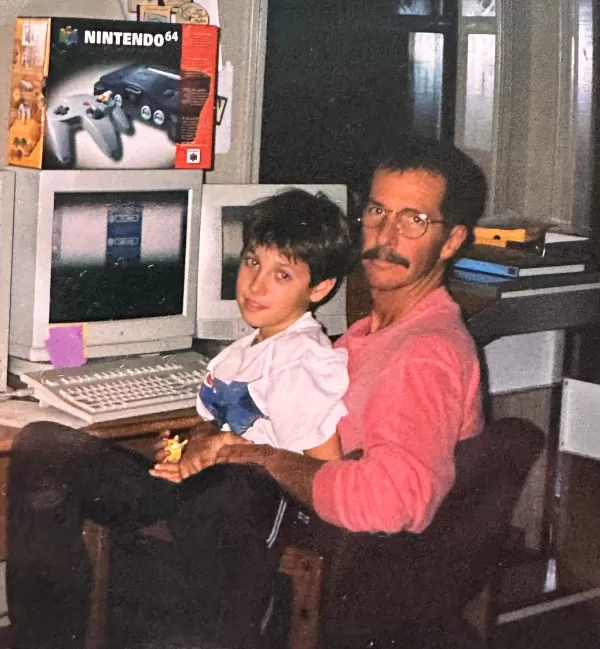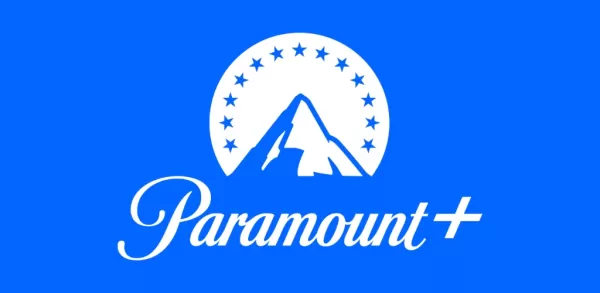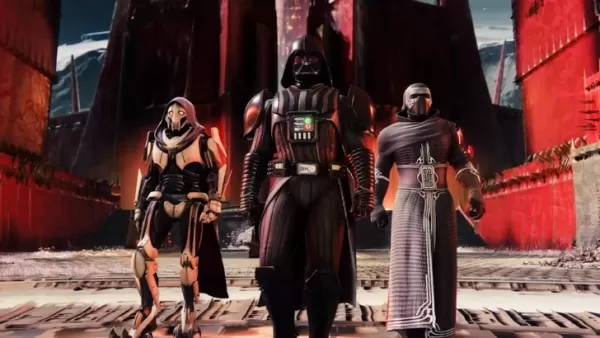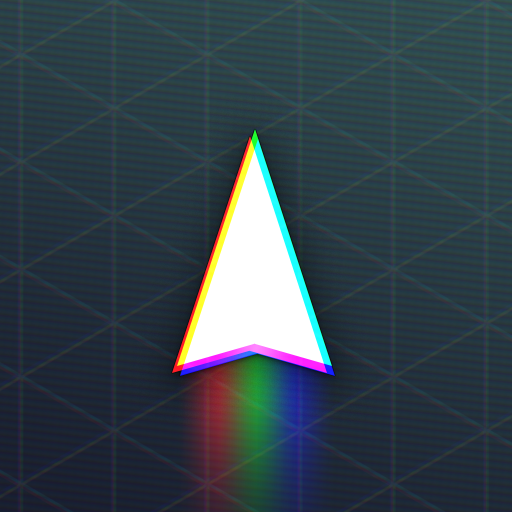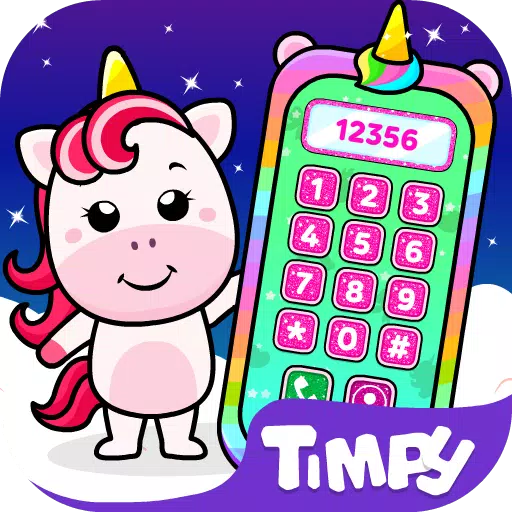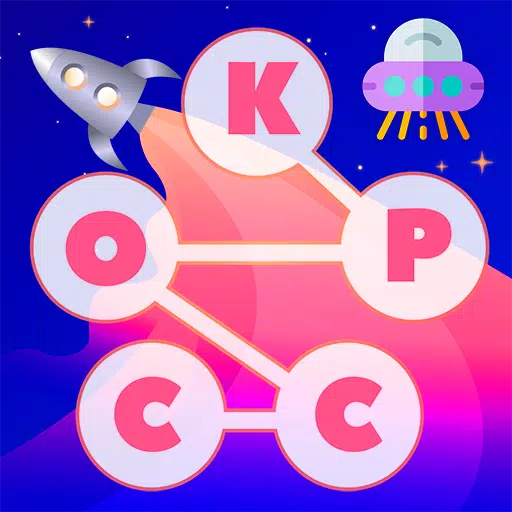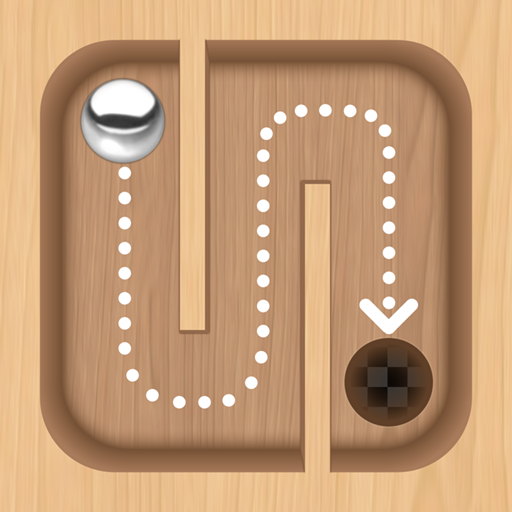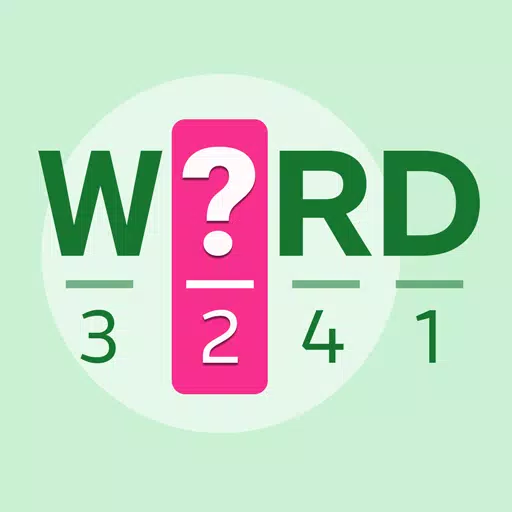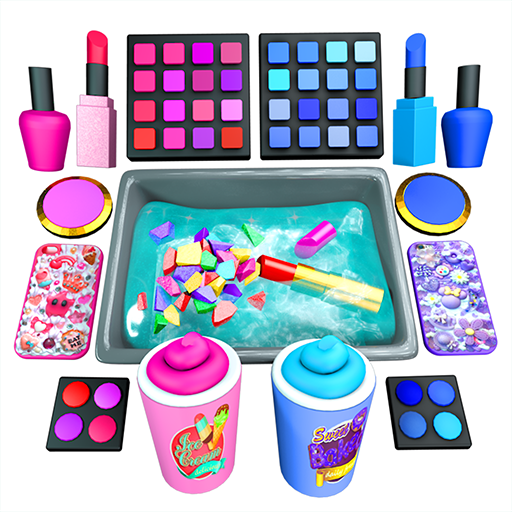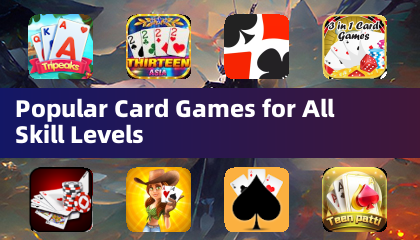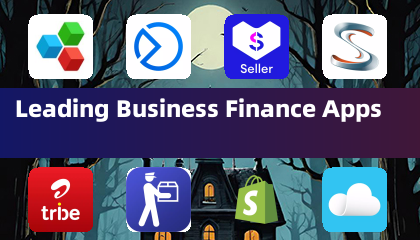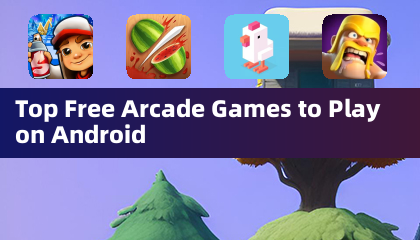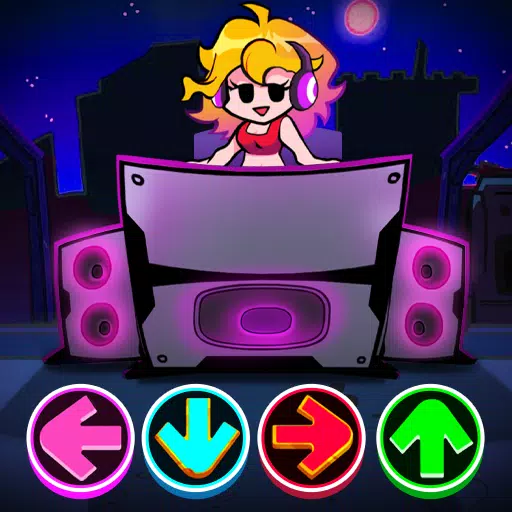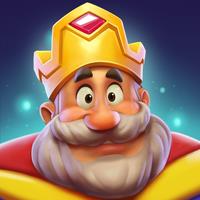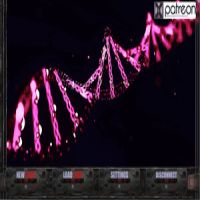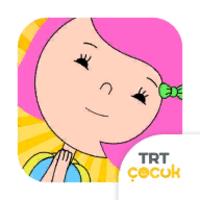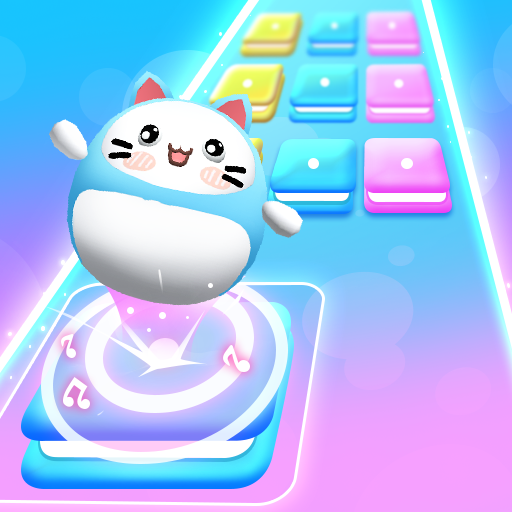After months of intense speculation, rumors, and leaks, Nintendo finally unveiled the Switch 2 through its own Direct presentation. This event not only showcased exciting new games like Mario Kart World, Donkey Kong Bonanza, and exclusive Nintendo GameCube titles for Switch 2 Online, but it also gave us a comprehensive look at the system itself. From an accessibility perspective, the Switch 2 represents a significant upgrade over its predecessor in nearly every aspect.
Several months ago, I shared my accessibility predictions for Nintendo's latest console. I hoped for more robust accessibility offerings, enhanced Joy-Con functionality, and unique inclusive design practices. To my delight, Nintendo not only met these expectations but exceeded them with additional features. Let's dive into the confirmed accessibility enhancements of the Switch 2 in this Access Designed segment.
New Accessibility Settings
The Direct didn't reveal many tangible accessibility options beyond fully customizable controls for each virtual GameCube game, which are tailored according to system settings. However, Nintendo released a detailed accessibility page outlining a variety of returning and new features.
Fully customizable controls return, functioning similarly to the original Switch. The ability to adjust text size to three different variants is back, now with the added options of High Contrast and customizable general display colors. The Zoom functionality, essential for blind and low vision players, also makes a return. The most significant addition, however, is the new "Screen Reader" setting.
Blind and low vision individuals often rely on Text-to-Speech features to navigate menus and settings. While the Screen Reader is limited to the HOME menu and system settings, it is a crucial tool that enables disabled players to navigate the Switch 2 independently. Users can choose from different voices, adjust read speeds, and modify volume levels. Although we don't yet know if individual games will support these tools or offer their own accessibility features, Nintendo's focus on accommodating disabled players is a promising sign for the future of accessibility within the company.
Innovative Design
Nintendo introduced a new inclusive tool within the revamped Nintendo Switch App, called Zelda Notes, designed as a companion for Breath of the Wild and Tears of the Kingdom. The app's Navigation feature allows players to locate shops, points of interest, and even elusive Koroks using a GPS-like interface. Accompanied by audio cues and voices, the app guides players to their selected destinations. While it doesn't assist with precise navigation or enemy encounters, it significantly aids blind and low vision players in navigating the game's vast overworld and reduces cognitive overload.
For cognitive, blind/low vision, and physically disabled players, the Autobuild Sharing tool within the app is another game-changer. By scanning a QR code, disabled individuals can automatically build Zonai machines if they have the required materials. This feature alleviates the challenge of complex control layouts and button combinations needed to construct Zonai machinery, allowing players to focus solely on gathering materials. The inclusive design of these features is something I've consistently praised Nintendo for in the past.
Additionally, the Item Sharing feature, similar to Autobuild Sharing, allows disabled individuals to share items by scanning a QR code. This reduces physical strain by eliminating the need to search the game world for weapons and food. While these features don't make Breath of the Wild and Tears of the Kingdom fully accessible, they represent a significant step forward.
Wheelchair Sports
The most surprising announcement was Drag X Drive, a Rocket League-inspired game where players control characters in manual wheelchairs on a basketball court. This not only showcases proper disability representation but also highlights one of the Switch 2's new hardware features: mouse control.
By flipping the Joy-Con on its side, players can move the controller across any surface, using it like a computer mouse. Although the required force to move the cursor remains unknown, this new way of playing holds immense potential for accessibility benefits across various disabilities. Combined with the array of controller types available for the Switch and Switch 2, Nintendo continues to innovate with controller usage.
As a dedicated Nintendo fan, I'm incredibly excited about the Switch 2. While I'm hesitant to spend upwards of $450 on the system, my passion for gaming began with Nintendo. Each new system brings exciting accessibility additions that underscore Nintendo's commitment to inclusive design. Although Nintendo hasn't yet introduced a first-party accessible device like the Xbox Adaptive Controller or PlayStation Access Controller, they are innovating in their unique way to enhance gameplay for disabled individuals. Alongside the recent announcement of Nintendo joining other developers to create standardized accessibility tags, I'm confident that Nintendo will continue to elevate accessibility standards.

